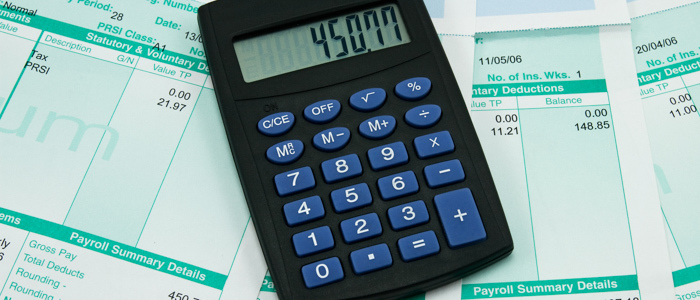Have a Successful Payroll Year-End With These 10 Essential Tips

This article was updated on June 12, 2018.
Payroll year-end can be a stressful time for payroll administrators, as this period involves a slew of tax, compliance, reporting and communication issues that need to be addressed. All employers must file W-2 forms with the Social Security Administration (SSA) by January 31. You're also obligated to file any 1099 and 1095 forms with the IRS. Payroll mistakes and compliance issues could result in significant penalties, additional work and disgruntled employees. As such, it's crucial that you have a framework in place to manage this process.
10 Tips to Help You Get Your Year-End Payroll Right
1. Coordinate your year-end efforts with HR, payroll, IT, finance and other business areas that might affect the creation and distribution of your W-2 forms for employees.
2. Create a timeline for the first payroll of the new year and the last payroll of the old year, and make other payroll plans accordingly.
3. Make sure you have installed the latest updates in your payroll software so that you're taking recent changes into account as you perform year-end payroll.
4. Determine the taxability of such things as deferred compensation, fringe benefits, long-term disability, third-party sick pay and group term life insurance.
5. Review record-keeping requirements for exempt and nonexempt employees under the Fair Labor Standards Act (FLSA), the federal law relating to minimum wage and overtime obligations. Here's an overview of record-keeping requirements.
6. Make a full year-end payroll checklist that includes all the activities you'll need to perform and when you'll need to complete them. If you don't already have one, you can use this checklist.
7. Confirm the accuracy of all the employee addresses and social security numbers you have on file, which will be key in creating and distributing W-2s. You can refer to a number of helpful online tools provided by the Social Security Administration (SSA) for more information.
8. Verify all of your 1099 vendor information. Though these 1099 vendors are not treated as employees under the FLSA, you'll need to report any income you paid them over $600.
9. Process all manual and voided checks. Any employee checks issued outside of your regular payroll process must be recorded, and you must pay their tax liabilities prior to the beginning of the new year. Likewise, all voided checks should be recorded.
10. Perform a mock year-end process in order to identify errors and fix them before your real year-end process. As part of the mock payroll year-end, compare the W-2 register totals against the federal and state tax remittance report in order to identify possible discrepancies that need analyzing.
If all of these tasks, which are just a partial list of what needs to be completed for year-end payroll, sound overwhelming, you always have the option of seeking outside help from qualified professionals. Outsourcing your payroll and tax compliance efforts can free you up for more strategic initiatives, such as growing your business.



